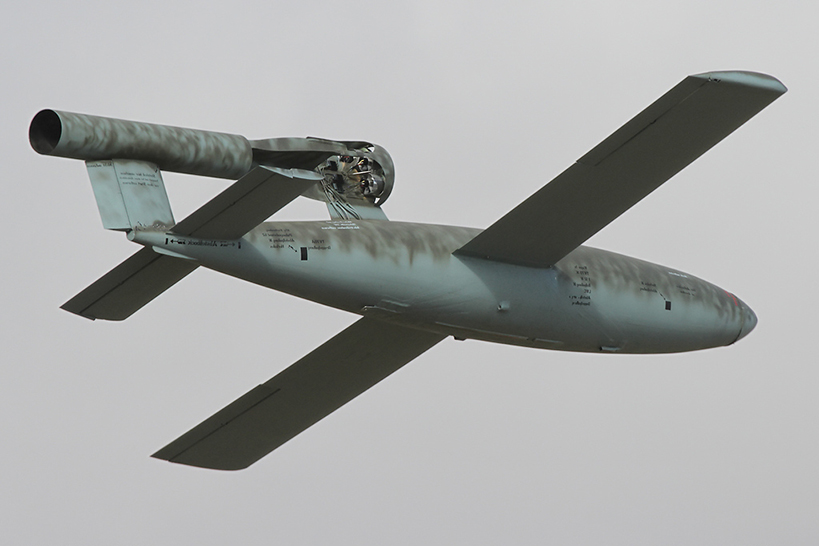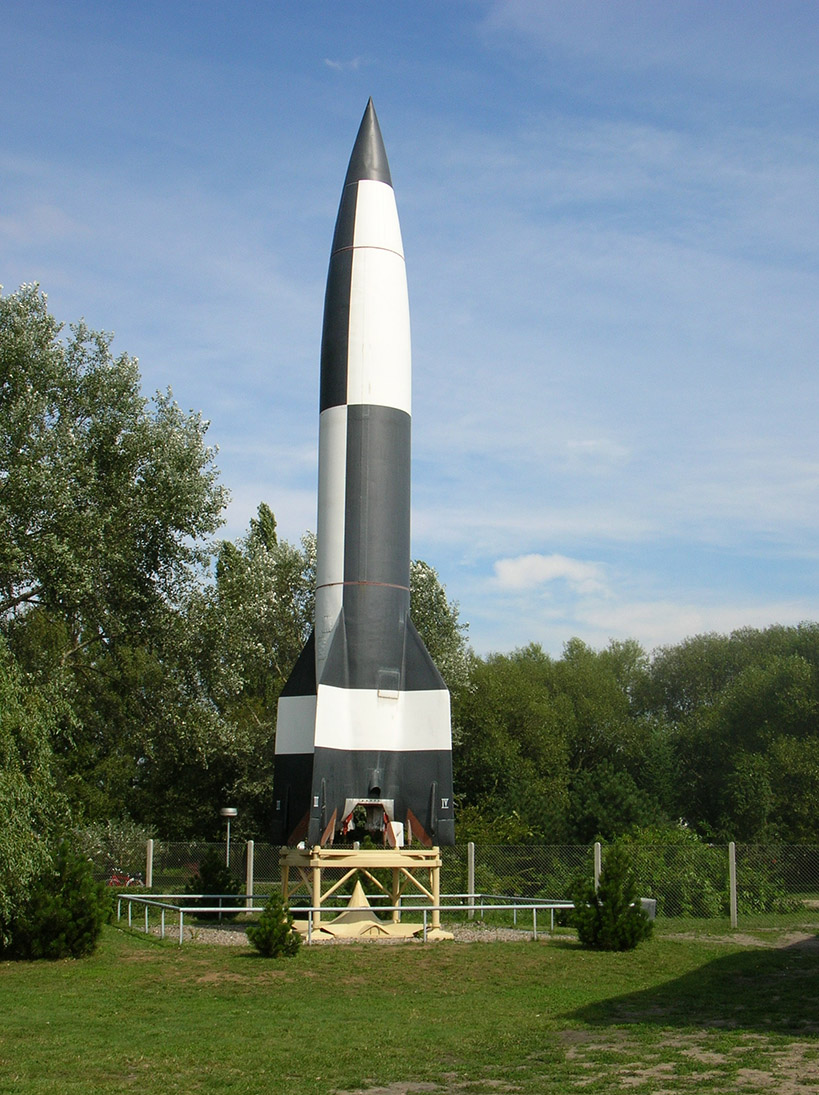Tait, James Brian "Willie"
- Date of birth:
- December 9th, 1916 (Manchester/Greater Manchester, United Kingdom)
- Date of death:
- August 31st, 2007
- Service number:
- 33291
- Nationality:
- British
Biography
Tait was born in Manchester and educated at Wellingborough School. After visiting a Schneider Trophy event in 1928, he decided to join the RAF. He graduated from the RAF College Cranwell and was commissioned as pilot officer in the RAF on 1 August 1936 and joined No. 51 Squadron RAF, flying Whitley bombers. Tait was active on bombing operations with No. 51 Squadron in 1940, including several long distance raids on Berlin and the first British air raid on Italy, crossing the Alps to bomb Turin.
By the end of 1940, he was commanding 51 Squadron. On 10 February 1941, he led the aircraft involved in Operation Colossus flying from Malta to drop paratroops in southern Italy. After Colossus, Tait joined 35 Squadron, the first squadron to be equipped with Handley Page Halifaxes. Tait was rested from operations and posted to a training unit, but managed nevertheless to fly on the three "Thousand Bomber Raids" in early 1942. In mid-1942, Tait was appointed to command No. 78 Squadron RAF. In March 1944, he became base operations commander at RAF Waddington where he continued to fly missions with RAAF Lancaster crews despite holding a non-flying job.
He returned to operational duties in May 1944, becoming master bomber of 5 Group. He succeeded Leonard Cheshire as commander of 617 Squadron in July 1944. 617 Squadron, the famous "Dambusters" squadron, specialised in low-level target marking and precision attacks. Under his command, the squadron bombed a series of V-1 storage sites and V-2 launching sites using Barnes Wallis's "Tallboy" 12,000 lb deep penetration bomb.
On 15 September 1944, Tait led a force of 37 Avro Lancaster bombers of 617 Squadron and 9 Squadron on Operation Paravane. Flying from an airfield at Yagodnik, near Arkhangelsk on the Kola Peninsula in northern Russia, they attacked the German battleship Tirpitz in the Kaa Fjord. Despite smoke obscuring the target, the Tirpitz was so severely damaged the German High Command decided the ship could not be restored to seaworthiness. Tirpitz was therefore moved to Tromsø so its armament could be used as defensive artillery against an anticipated Allied invasion. The Germans were able to keep the ship's lack of seaworthiness a secret and so its destruction remained a high priority. Tait led his force in a second attack on 28 October named Operation Obviate, this time from RAF Lossiemouth in Scotland (the ship's move having brought her within range). This raid was unsuccessful because of heavy cloud obscuring the target shortly before the bombers arrived. On 12 November, Tait led his force against the Tirpitz for a third and final raid, Operation Catechism. The Luftwaffe failed to intercept the British bombers, and three direct hits by "Tallboy" bombs left the ship capsized west of Tromsø, in the bay of Håkøybotn.
In mid-December 1944 Tait, having completed 101 missions, was grounded, and assigned to train Canadian bomber crews. Tait remained in the RAF after the war. He served in South East Asia, India, the Middle East and Singapore. He commanded RAF Coningsby, and was appointed Aide-De- Camp to the Queen in 1959, and retired from the RAF in 1964.
He retrained as a computer programmer, and joined ICL as a technical representative, working in Eastern Europe. After a period with a haulage company, he became an investment adviser with Scottish Widows. He finally retired in 1981. Throughout his service and domestic life, Tait was a meticulous planner and organiser, once taking over a run-down haulage firm and putting it back on its feet within two years before he moved on to other projects. In final retirement he greatly enjoyed his allotment and the company of his dog. When the local council told him that dogs were forbidden, he took it to court but lost. He immediately abandoned his allotment. Tait was the president of No 617 (Dam Buster) Squadron. In later years, he read widely and was passionate about the music of Schubert, especially his Lieder, researching in great detail the background to more than 400 of them. He married his wife, Betty Plummer, in 1945. They met during the war, when she was an officer in the WAAF. They had a son and two daughters. His wife died in 1990. He was survived by his three children.
Promotions:
1st August 1936: Pilot Officer
1st February 1938: Flying Officer
1st February 1940: Flight Lieutenant
1st March 1941: Squadron Leader
1st June 1942: Wing Commander (Temporary)
1st March 1944 Wing Commander (War Sub)
1st January 1953: Group Captain
Do you have more information about this person? Inform us!
- Period:
- Second World War (1939-1945)
- Rank:
- Acting Squadron Leader
- Awarded on:
- October 22nd, 1940
- Period:
- Second World War (1939-1945)
- Rank:
- Squadron Leader
- Unit:
- No. 51 Squadron, Royal Air Force
- Awarded on:
- April 18th, 1941
- Period:
- Second World War (1939-1945)
- Rank:
- Squadron Leader
- Unit:
- No. 35 (Madras Presidency) Squadron, Royal Air Force
- Awarded on:
- July 25th, 1941
"In June, 1941, this officer was the captain of the leading aircraft of a formation of three Aircraft which carried out an attack on Kiel in clear daylight. Despite accurate anti-aircraft fire, bombs were dropped and observed to burst on the objective. The success which attended this operation was largely due to the magnificent leadership and courage together with the brilliant airmanship displayed by this officer."
Second DSO awarded as a bar for on the ribbon of the first DSO
- Period:
- Second World War (1939-1945)
- Rank:
- Squadron Leader
- Awarded on:
- September 24th, 1941
- Period:
- Second World War (1939-1945)
- Rank:
- Wing Commander
- Unit:
- No. 617 Squadron, Royal Air Force
- Awarded on:
- September 22nd, 1944
"Since he was awarded a Bar to the Distinguished Service Order this officer has completed many sorties against targets in enemy-occupied territory and Germany. On several occasions Wing Commander Tait has remained in the immediate vicinity of the target area, often in the face of heavy opposition, for a considerable time. His excellent leadership, gallantry and untiring devotion to duty have contributed materially to the successes achieved by the squadron he commands."
Third DSO awarded as a second bar for on the ribbon of the first DSO
- Period:
- Second World War (1939-1945)
- Rank:
- Wing Commander
- Unit:
- No. 617 Squadron, Royal Air Force
- Awarded on:
- December 5th, 1944
"Recently, this officer led a formation of aircraft in an attack on the sluice gates of the Kembs Barrage. When nearing the target considerable light anti-aircraft fire was encountered. Nevertheless Wing Commander Tait led his formation into the attack with his usual skill and determination. Although his aircraft was hit and sustained damage, Wing Commander Tait pressed home his attack with precision. Some time previously this officer flew with great distinction in a successful attack on the Dortmund-Ems Canal. He displayed the highest standard of devotion to duty in both attacks on dangerous and difficult targets."
Second DFC awarded as abar for on the ribbon of the first DFC
- Period:
- Second World War (1939-1945)
- Rank:
- Wing Commander
- Unit:
- No. 617 Squadron, Royal Air Force
- Awarded on:
- January 9th, 1945
- Awarded for:
- Operation Catechism
"This officer has displayed conspicuous bravery and extreme devotion to duty in the face of the enemy, constantly exemplified over a long period of operational flying. He has completed a very large number of sorties, many of them against most dangerous and difficult targets and the successes obtained are a magnificent tribute to his brilliant leadership and unsurpassed skill. On 3 occasions, Wing Commander Tait has led attacks on the German battleship " Tirpitz ". The last occasion was on 12th November, 1944. The vessel was lying at Tromso. Visibility was good as Wing Commander Tait led his squadron in to the attack. In spite of continuous fire from 3 ships and from land batteries, the attack was pressed home. The first bomb, dropped by Wing commander Tait, hit the Tirpitz. Another hit was obtained almost immediately and another 12,000 Ib. bomb fell close alongsdie. The battleship caught fire and smoke poured from her. Finally, she capsized. By his outstanding skill and leadership, Wing Commander Tait played a prominent part in the success of the operation. This officer has completed 98 sorties and throughout has set an example of a high order."
Fourth DSO awarded as a third bar for on the ribbon of the first DSO.
In fact, he was recommended for a Victoria Cross but was granted a third Bar to his DSO, in part because authorities claimed that Tait's exploits (including the final sinking of the Tirpitz) had been blown out of proportion by the press, and because they were loath to treat the awarding of a VC to Group Captain Leonard Cheshire as a precedent to be followed.
- Period:
- Second World War (1939-1945)
Sources
- - The London Gazette Issue 34976 published on the 22 October 1940
- The London Gazette Issue 35139 published on the 18 April 1941
- The London Gazette Issue 35228 published on the 25 July 1941
- Supplement to The London Gazette Issue 36713 published on the 19 September 1944
- Fifth Supplement to The London Gazette Issue 36826 published on the 1 December 1944
- The London Gazette Issue 36883 published on the 5 January 1945
- The Telegraph- Obituaries
- Special Forces Roll of Honour








